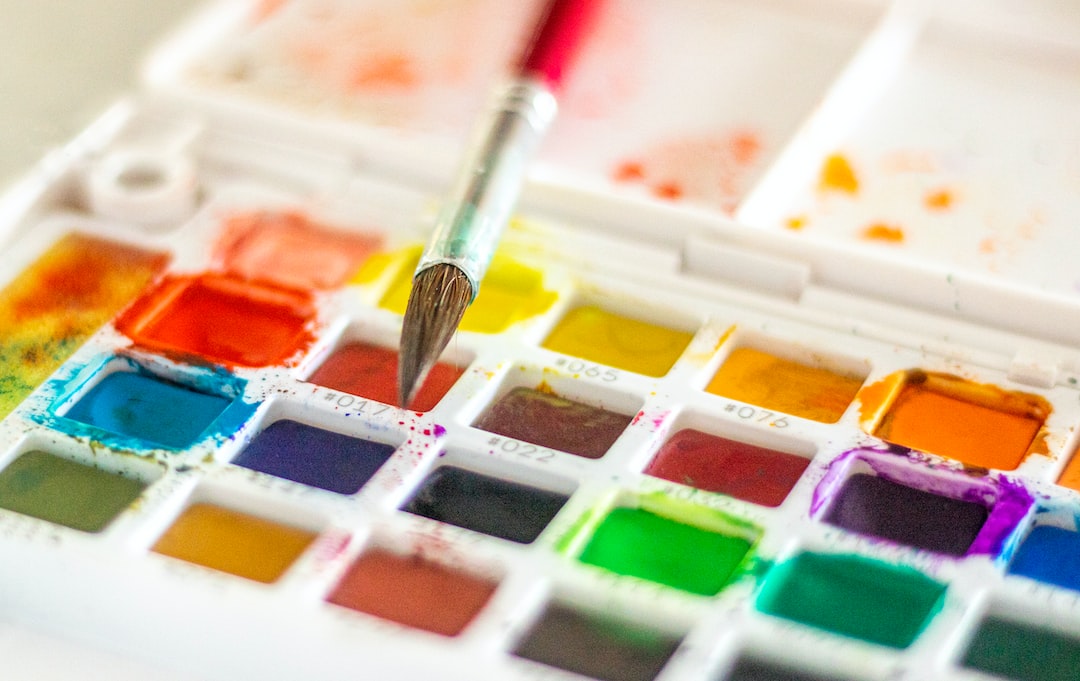Analyzing the Subversive Power of Pop Art: From Warhol to Banksy
Pop art emerged in the 1950s as a rebellious art movement that challenged the established norms of the art world. It sought to break away from the elitist nature of high art by incorporating everyday objects and popular culture elements into its works. With artists like Andy Warhol and Banksy leading the way, pop art soon became a powerful tool for subversion and social commentary.
Andy Warhol, one of the pioneers of pop art, revolutionized the art scene with his unique approach to art-making. His iconic Campbell’s Soup Cans series, for example, showcased a mundane and mass-produced object as a work of art. In doing so, Warhol brought attention to the consumerist society and the commodification of art itself. By elevating the everyday into the realm of high art, Warhol challenged the notion of what can be considered art and forced the audience to question the value we assign to objects.
But it wasn’t just the subject matter that made pop art subversive; it was also the techniques employed by the artists. Warhol famously used screen printing, a technique associated with mass production, to create his art. This method allowed him to replicate images endlessly, mimicking the factory-like production of consumer goods. By embracing these industrial processes, Warhol challenged the idea of the “unique” artwork, and instead, created art that was reproducible and accessible to the masses.
Another artist who harnessed the subversive power of pop art is Banksy. Known for his politically charged and thought-provoking street art, Banksy uses his art as a tool for social critique. His stenciled graffiti artworks often feature satirical and subversive imagery, commenting on various issues such as capitalism, war, and social inequality. Banksy’s art is highly accessible to the public as it adorns the walls of streets and buildings, addressing a wider audience beyond the confines of the traditional art gallery.
Banksy’s Dismaland, a dystopian theme park and art exhibition, is a prime example of his subversive approach. It mocked the superficiality of conventional theme parks while also shedding light on societal issues. The installation featured satirical attractions and thought-provoking artworks, with each piece challenging the status quo and exposing the flaws of contemporary society. By creating this alternative reality, Banksy encouraged viewers to question the social and political systems that govern our lives.
Furthermore, pop art’s subversive power lies in its ability to disrupt established hierarchies. Traditional art forms have often been regarded as the epitome of cultural refinement, while popular culture has often been dismissed as lowbrow and superficial. However, pop art challenges this hierarchy by merging high and low culture, blurring the lines between what is considered “legitimate” art and what is not. This integration of popular culture elements into fine art not only democratizes the art form but also challenges the established power structures in the art world.
Moreover, pop art’s subversive nature extends to the way it challenges societal norms and stereotypes. It addresses issues of gender, race, sexuality, and politics, often presenting them in a satirical and provocative manner. By appropriating and recontextualizing popular imagery, pop artists shine a critical light on the inequalities and injustices that pervade society. Their art becomes a powerful tool that confronts the viewer and forces them to question their own biases and assumptions.
In conclusion, analyzing the subversive power of pop art, from Warhol to Banksy, reveals its ability to challenge established norms, question the value of art, and critique societal issues. Through their use of everyday objects, mass production techniques, and provocative imagery, pop artists defy convention and engage with a wider audience. They expose the flaws in our consumerist society, confront political and social injustices, and challenge the traditional power structures of the art world. In doing so, these artists invite us to reflect on the world around us and consider the potential for change. Pop art continues to be a vital force in contemporary art, pushing boundaries and challenging the status quo.


